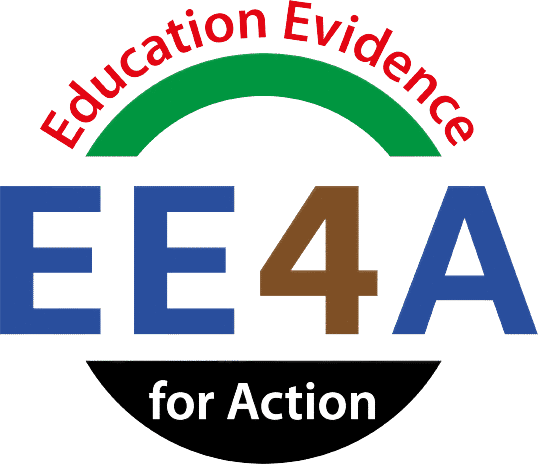| This study investigates the implementation of teacher education policy concerning the utilization of digital multimodal tools, for language learning in junior secondary schools within Thika Sub-County, Kiambu County, Kenya. Situated within the broader context of Kenya’s Competency-Based Curriculum (CBC) reforms and the increasing emphasis on technology-enhanced pedagogy, the research critically examines how existing teacher training policies influence the adoption, accessibility, and instructional effectiveness of digital multimodal resources in language education. The study employs a mixed-methods research design, integrating both quantitative and qualitative approaches. Data were collected through structured questionnaires and unstructured interviews administered to language teachers and school administrators across both public and private junior secondary schools. Findings reveal a substantial disparity between policy intentions and classroom practice. This disconnect is predominantly attributed to limited pre-service and in-service training opportunities, inadequate infrastructure such as internet connectivity and digital devices, and low levels of digital literacy among educators in public institutions. However, private junior secondary schools demonstrated relatively higher levels of digital tool integration, resulting in observable improvements in learner engagement, motivation, and communicative competence. The significance of these findings is multifold. Firstly, they highlight critical gaps in teacher preparation that hinder the successful implementation of digital pedagogies. Secondly, they provide empirical evidence that can inform the development of more responsive and context-specific teacher education policies. Finally, the study underscores the transformative potential of digital multimodal tools in enhancing language learning outcomes when supported by appropriate training and infrastructure. Based on these insights, the study recommends the strengthening of teacher education policies through continuous professional development, targeted resource allocation, and multi-stakeholder collaboration to foster equitable and sustainable integration of digital technologies in language instruction across diverse school contexts. Keywords: Teacher education policy, digital multimodal tools, language learning. |
Related Posts
2025 Biennial Conference Venue
At EE4A, our purpose is to bridge the gap between research evidence and decision-making in the education sector. We strive to create an evidence ecosystem that empowers education stakeholders with relevant and reliable evidence to inform policy and action.
Copyright © 2025 – Education Evidence for Action
